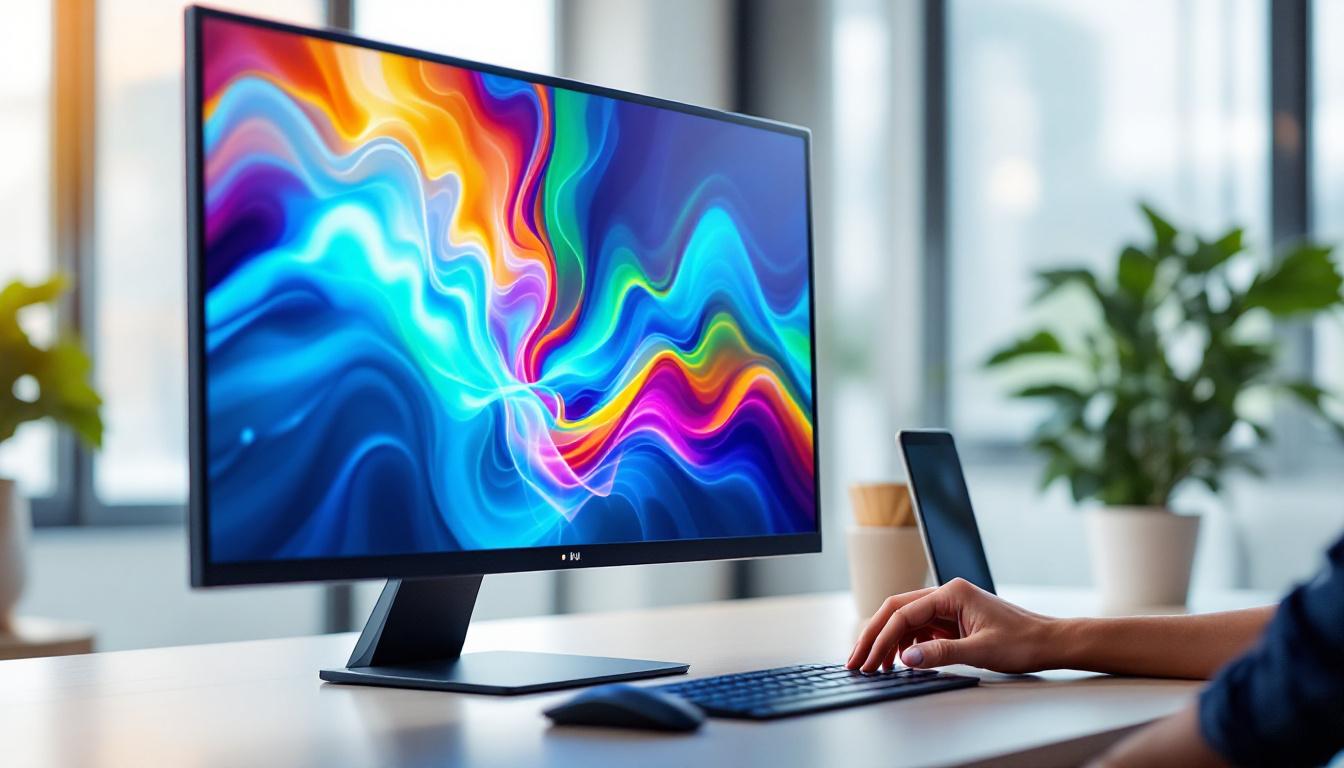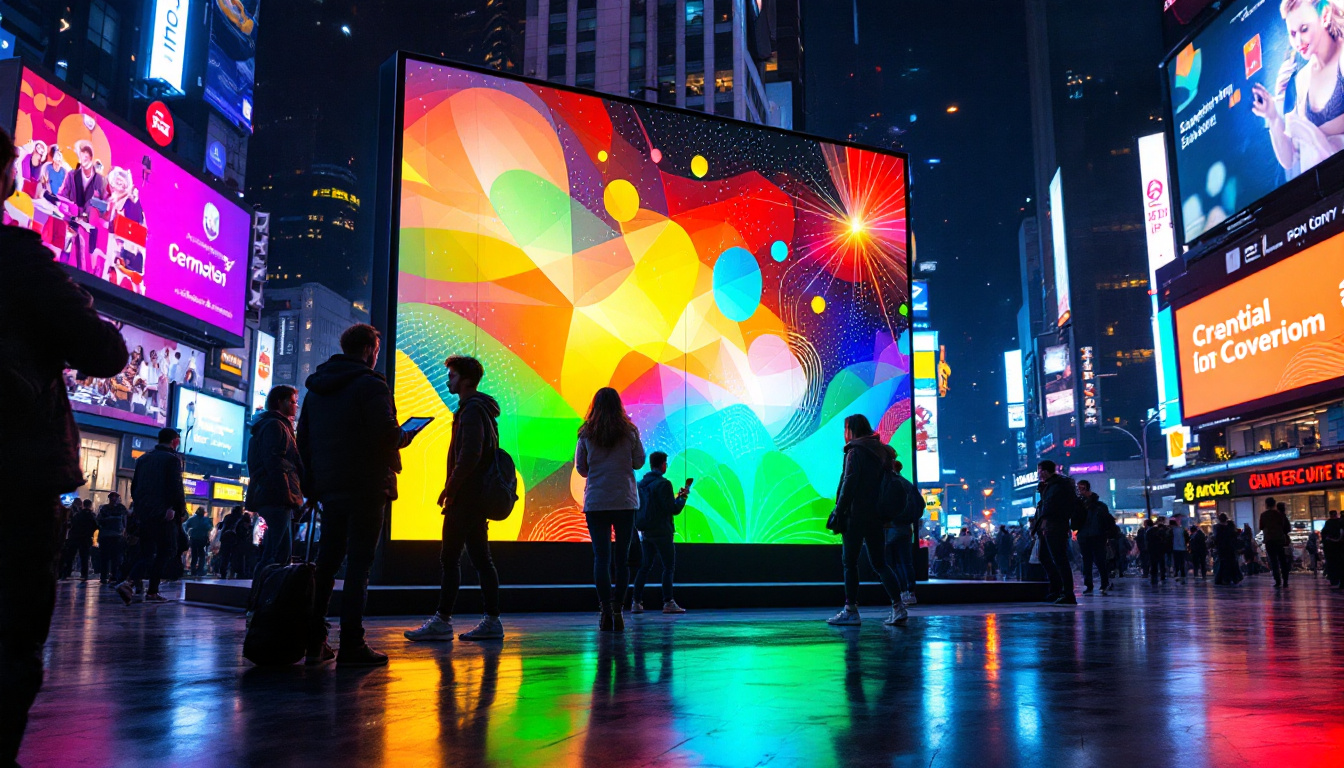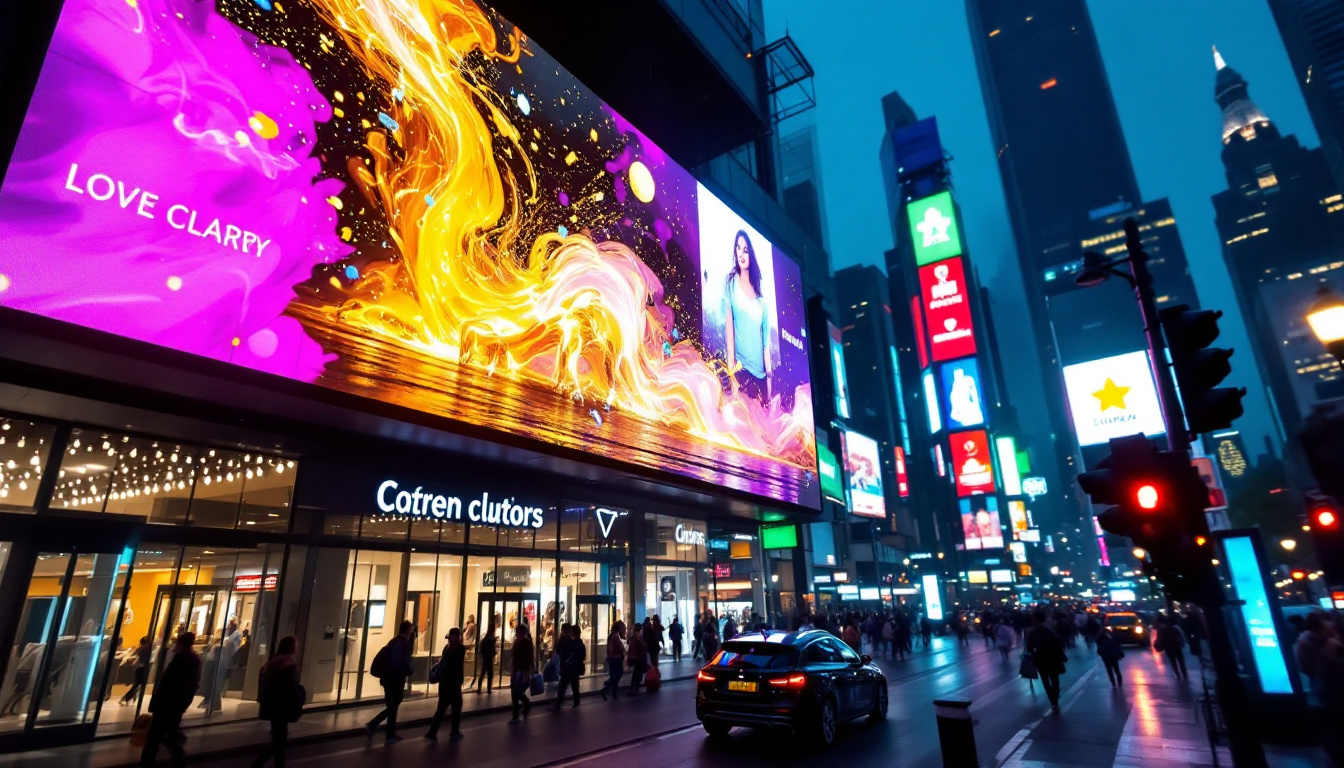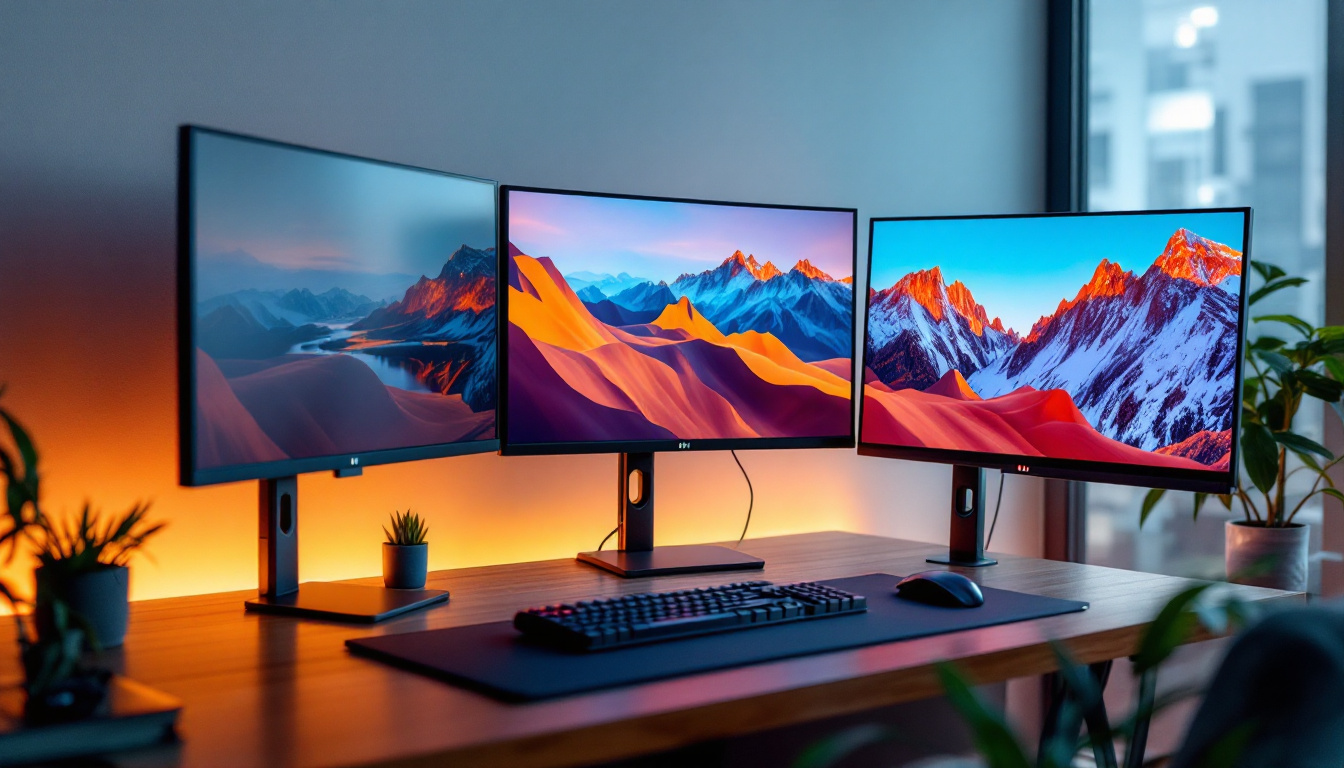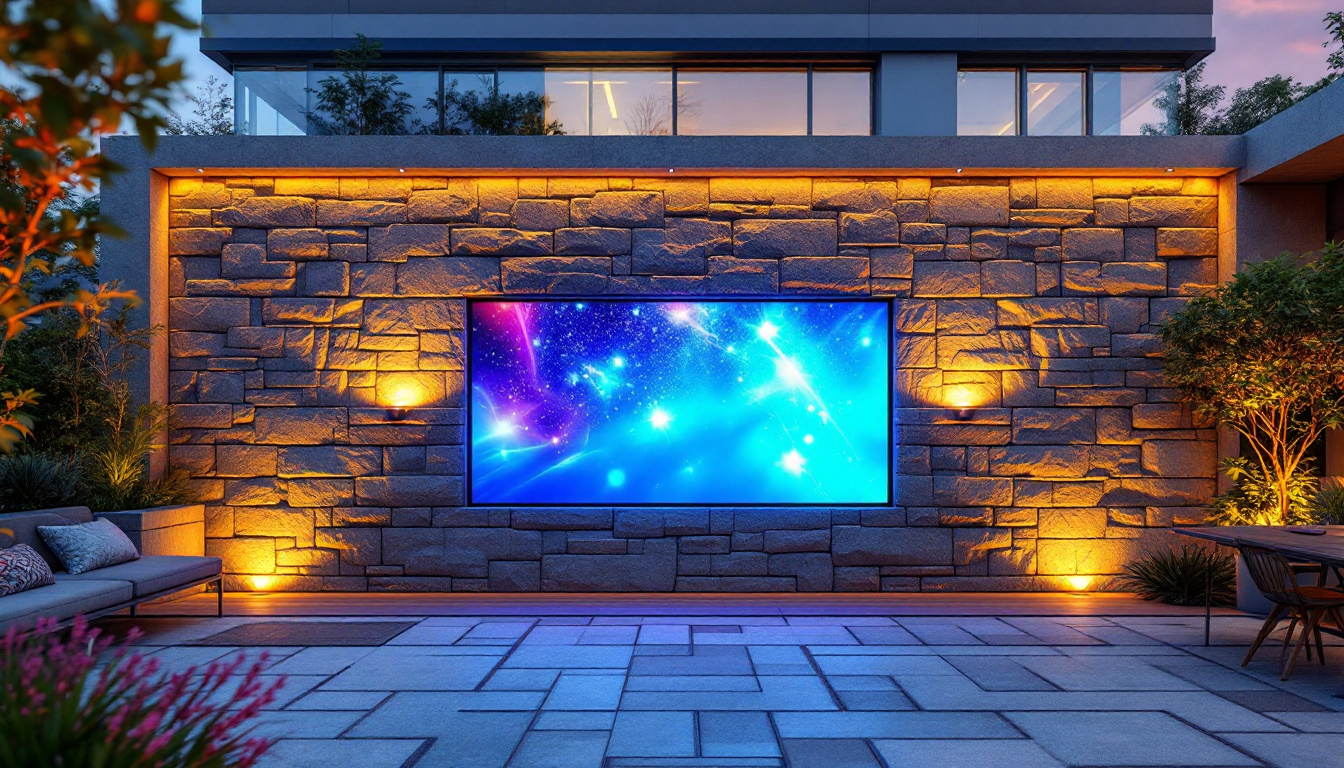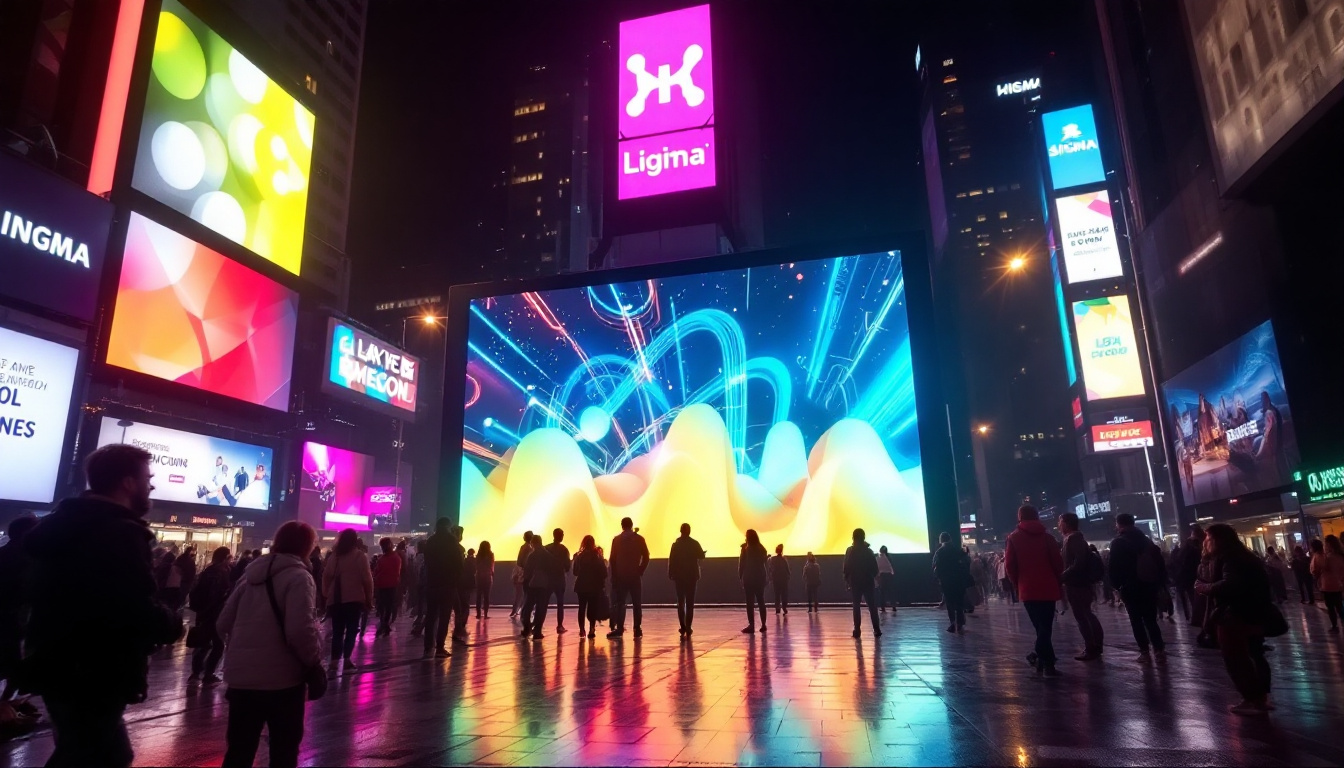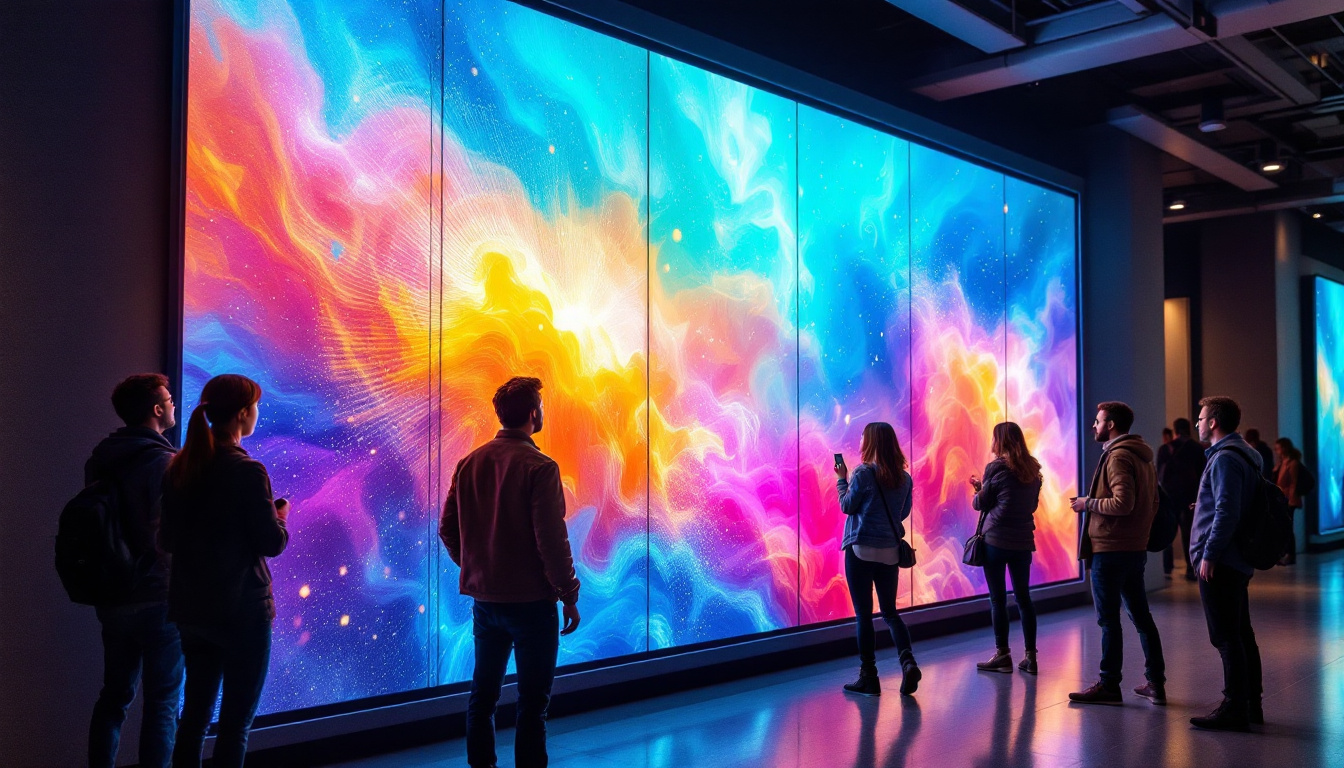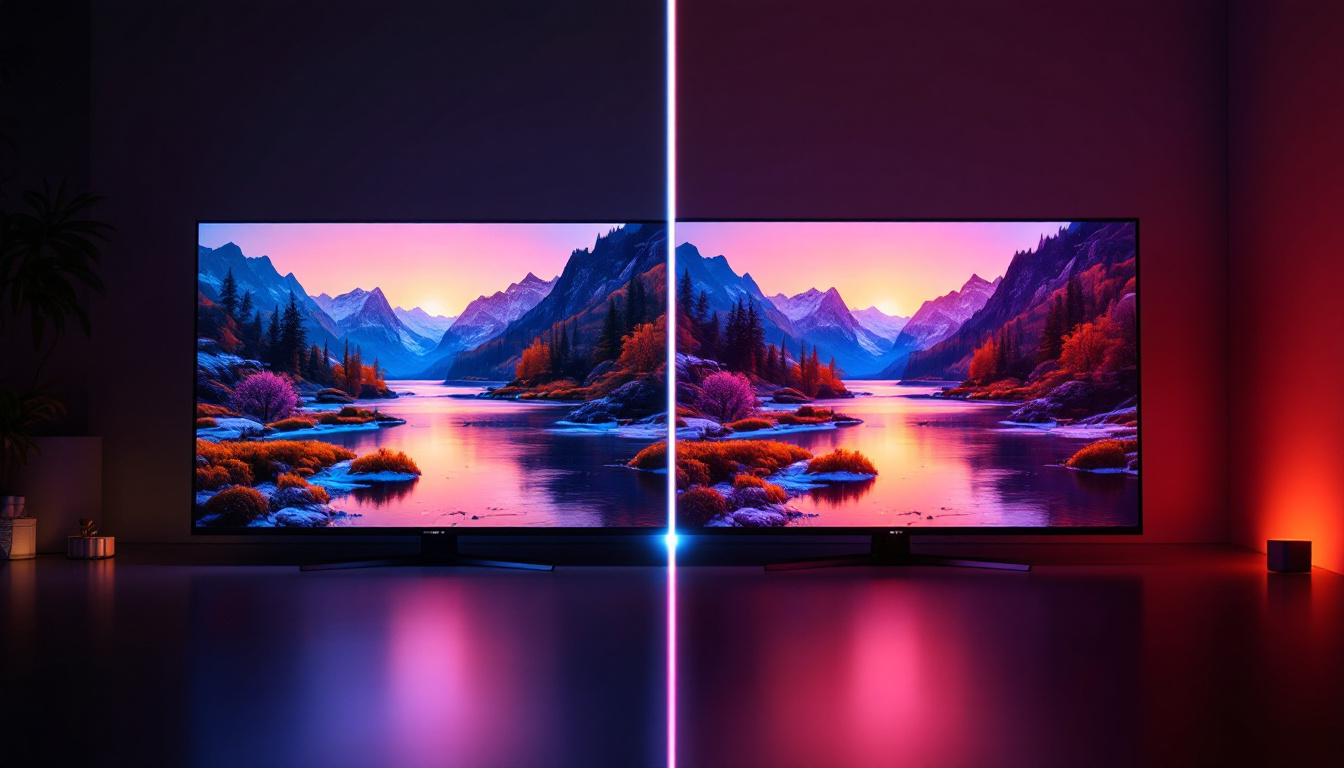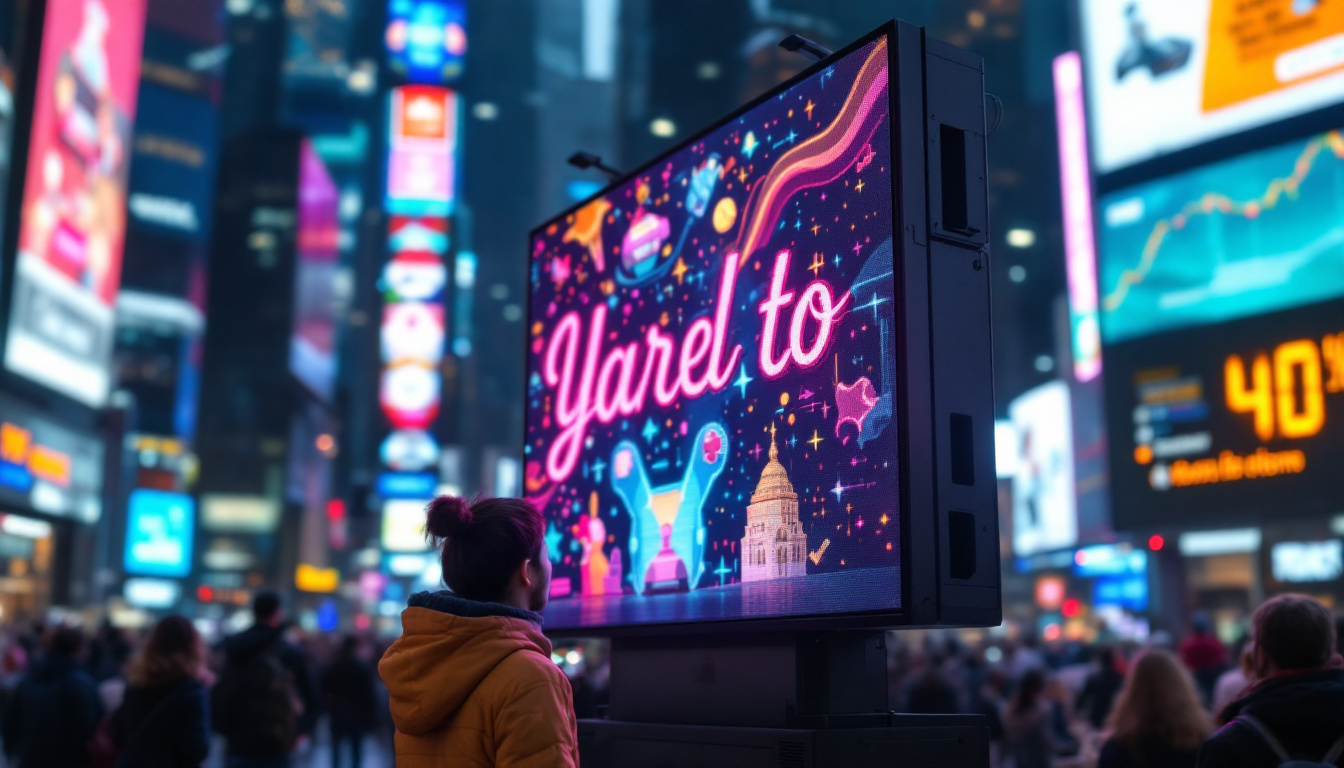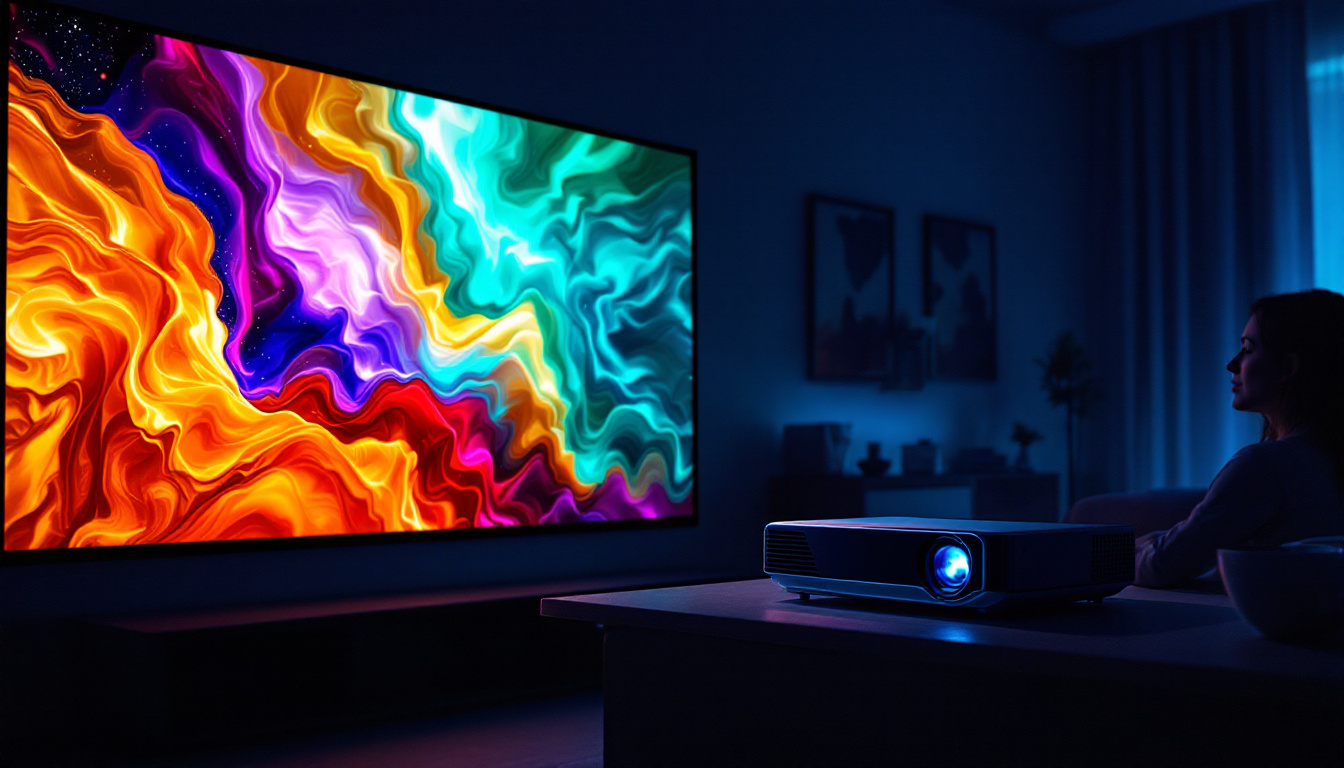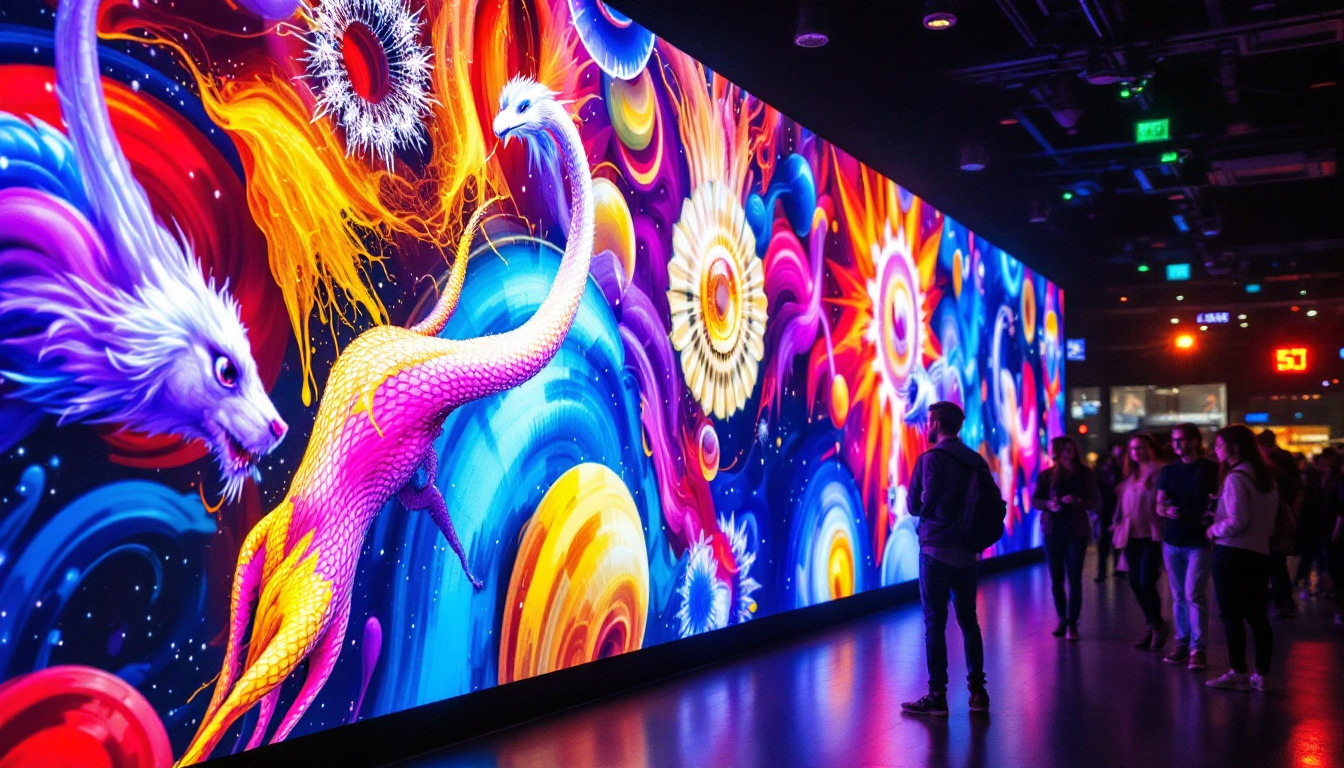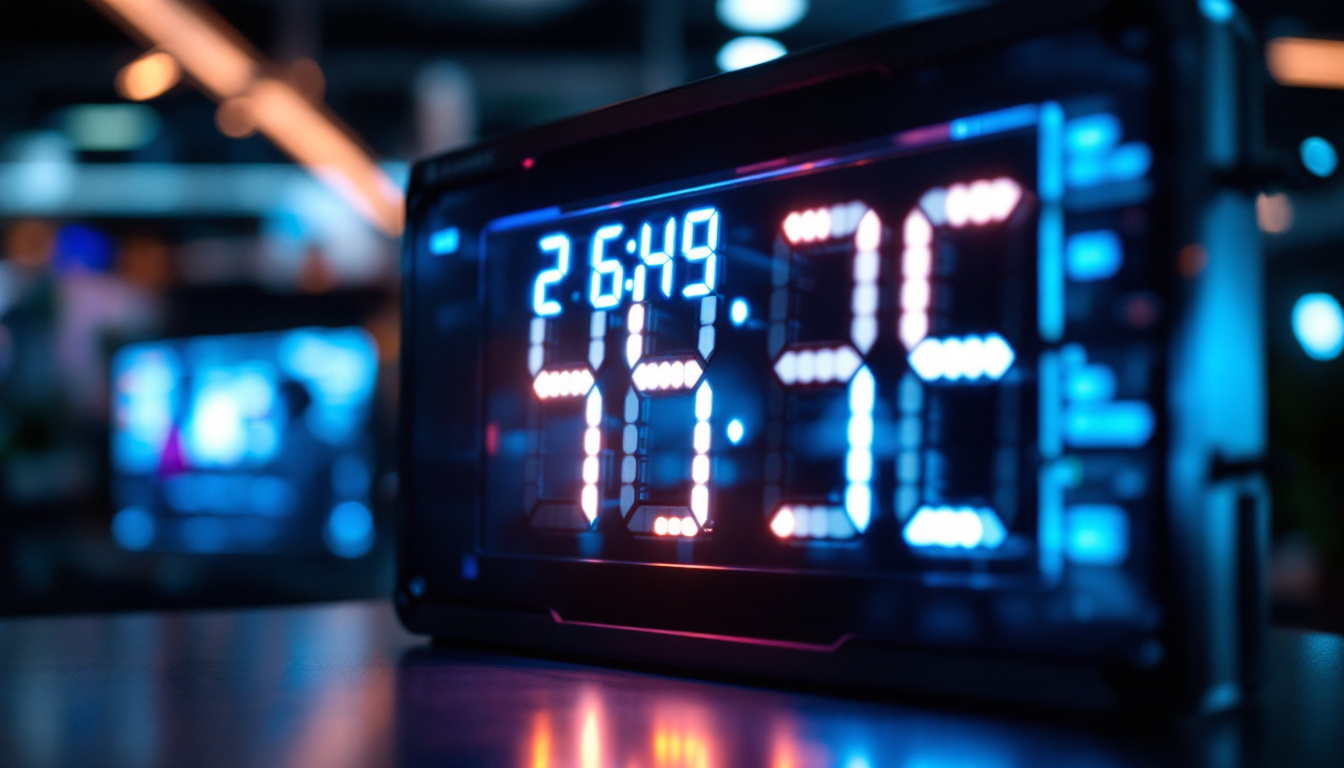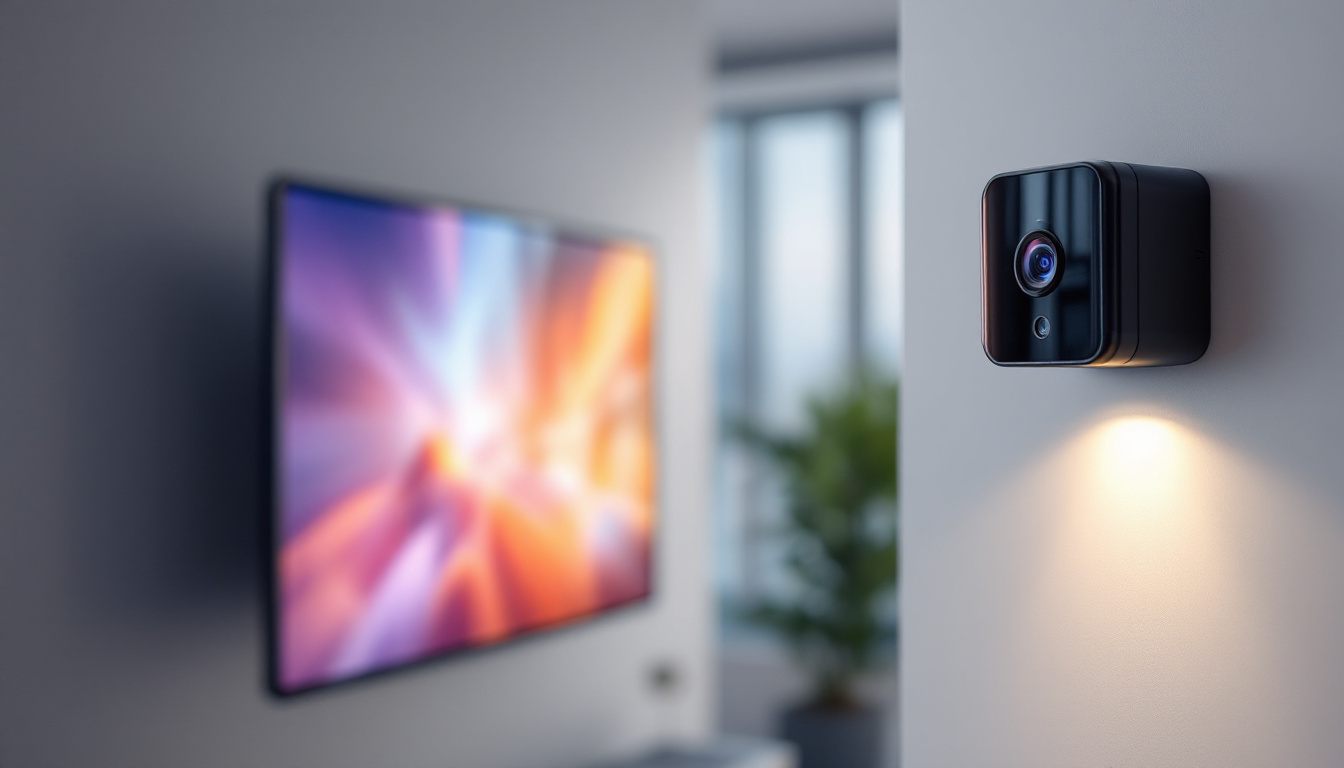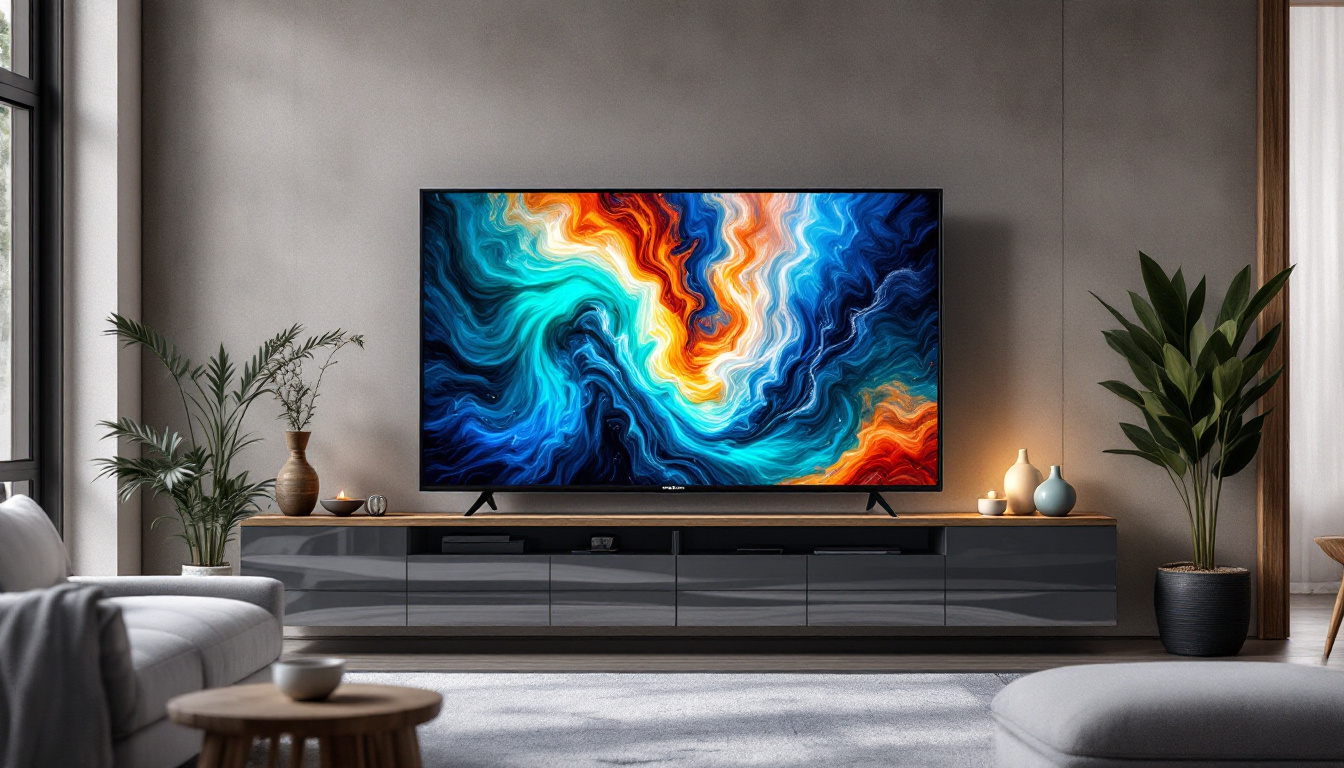In recent years, touch screen monitors have become an integral part of both professional and personal computing environments. Among the various sizes available, the 32 inch touch screen monitor stands out for its balance between screen real estate and usability. Coupled with LED display technology, these monitors offer vibrant visuals, responsive touch capabilities, and energy efficiency. This article delves into the key aspects of 32 inch touch screen monitors with LED displays, explaining their technology, advantages, typical use cases, and what to consider when choosing one.
Understanding LED Display Technology in Touch Screen Monitors
What Is an LED Display?
LED, or Light Emitting Diode, displays have revolutionized screen technology by replacing traditional backlighting methods with LED backlights. Unlike older LCD monitors that used cold cathode fluorescent lamps (CCFLs), LED displays utilize arrays of tiny light-emitting diodes to illuminate the screen. This results in improved brightness, contrast, and energy efficiency.
In a 32 inch touch screen monitor, the LED backlighting ensures that images are sharp and colors are vivid, enhancing the overall user experience. The LED technology also allows for thinner and lighter screens, which is particularly beneficial for touch screen devices where ergonomics and design play a crucial role.
How Touch Screen Technology Integrates with LED Displays
Touch screen monitors combine display technology with touch-sensitive layers that detect user input. The most common touch technologies include capacitive and resistive touchscreens. Capacitive touchscreens, which are prevalent in modern 32 inch monitors, use the electrical properties of the human body to detect touch. They offer multi-touch capabilities, higher sensitivity, and better durability.
When integrated with an LED display, the touch sensor layer is typically laminated directly onto the screen. This lamination reduces glare and parallax, making touch interactions more natural and precise. The synergy between LED displays and capacitive touch technology results in monitors that are not only visually impressive but also highly responsive.
Advantages of a 32 Inch Touch Screen Monitor with LED Display
Optimal Screen Size for Productivity and Interaction
A 32 inch monitor strikes a practical balance between size and usability. It offers ample screen space for multitasking, detailed design work, or immersive media consumption without overwhelming the user or requiring excessive desk space. For touch screen use, this size allows for comfortable interaction without the need to stretch across the screen, which can be a challenge with larger displays.
In professional settings such as graphic design, video editing, or data analysis, a 32 inch touch screen monitor provides enough room to work with multiple windows and tools simultaneously. For educational or retail environments, the size is large enough to engage users effectively while maintaining accessibility.
Enhanced Visual Quality and Energy Efficiency
LED displays are known for their superior brightness and color accuracy compared to older display technologies. A 32 inch LED monitor can achieve high resolutions—commonly 2560×1440 (QHD) or even 3840×2160 (4K UHD)—which deliver crisp images and fine detail. This is particularly important for professionals who require color precision, such as photographers and designers.
Moreover, LED technology consumes less power than CCFL backlit monitors, making it an environmentally friendly choice. The reduced energy usage also translates to less heat generation, which can improve the longevity of the monitor and maintain performance stability during extended use.
Improved User Experience with Touch Functionality
The integration of touch capabilities on a 32 inch LED monitor enhances interactivity and accessibility. Users can navigate applications, zoom in on images, or manipulate data directly on the screen, which can speed up workflows and reduce reliance on peripherals like a mouse or keyboard.
Touch screens also support multi-touch gestures, allowing for intuitive controls such as pinch-to-zoom, swipe, and rotate. This is especially useful in creative applications, interactive kiosks, and collaborative environments where multiple users might interact with the screen simultaneously.
Common Applications of 32 Inch Touch Screen LED Monitors
Professional and Creative Workspaces
In industries such as graphic design, video production, and architecture, a 32 inch touch screen monitor with an LED display is a valuable tool. The large, high-resolution screen provides ample space for complex projects, while touch input allows for more natural interaction with design software. For example, architects can manipulate 3D models directly on the screen, while video editors can scrub through timelines with a swipe of their fingers.
Additionally, many creative professionals use these monitors alongside styluses to achieve precise control, combining the benefits of touch sensitivity with pen input for detailed work.
Education and Training Environments
Touch screen monitors have become increasingly popular in classrooms and training centers. The 32 inch size is large enough to be visible to small groups, making it ideal for interactive lessons, presentations, and collaborative projects. The LED display ensures clear visibility even in well-lit rooms, while touch functionality encourages student engagement through hands-on learning.
Interactive whiteboards and digital kiosks often utilize 32 inch touch screen LED monitors to provide dynamic content delivery and real-time feedback, enhancing the educational experience.
Retail and Hospitality Sectors
Many retail stores and hospitality venues use 32 inch touch screen monitors for customer-facing applications such as self-service kiosks, digital signage, and point-of-sale systems. The vibrant LED display attracts attention and ensures content is easy to read, while the touch interface simplifies transactions and information retrieval.
In restaurants, for example, customers can browse menus, place orders, and customize their selections directly on the screen, streamlining operations and improving customer satisfaction.
Key Features to Consider When Choosing a 32 Inch Touch Screen LED Monitor
Resolution and Display Quality
Resolution is a critical factor that affects image clarity and workspace size. For a 32 inch monitor, Full HD (1920×1080) may be sufficient for basic tasks, but QHD (2560×1440) or 4K UHD (3840×2160) resolutions provide significantly sharper images and more screen real estate. Higher resolution is particularly important for professional applications where detail matters.
Besides resolution, consider color accuracy (measured by color gamut and Delta E values), contrast ratio, and brightness levels. Monitors with IPS (In-Plane Switching) panels generally offer better color reproduction and wider viewing angles than TN (Twisted Nematic) panels.
Touch Technology and Responsiveness
Choosing the right touch technology depends on the intended use. Capacitive touchscreens are preferred for their responsiveness and multi-touch support, making them suitable for interactive applications. Resistive touchscreens, while less sensitive, can work with gloves or styluses and might be preferred in industrial environments.
Evaluate the touch response time and accuracy, as lag or misregistration can hinder productivity. Some monitors also offer palm rejection and gesture customization, enhancing usability.
Connectivity and Compatibility
A 32 inch touch screen monitor should offer a variety of input options to connect seamlessly with different devices. Common interfaces include HDMI, DisplayPort, USB-C, and USB-A ports. USB-C connectivity is particularly advantageous as it can carry video, data, and power through a single cable, reducing clutter.
Ensure the monitor is compatible with your operating system and supports plug-and-play functionality. Some monitors come with built-in drivers for Windows, macOS, and Linux, while others may require additional software installation.
Ergonomics and Build Quality
Given the size of a 32 inch monitor, ergonomic features are essential for comfortable use. Look for adjustable stands that allow for height, tilt, swivel, and pivot adjustments. VESA mount compatibility is also useful if you prefer to mount the monitor on a wall or an adjustable arm.
Durability and build quality matter, especially in environments where the monitor will be used heavily or in public spaces. Monitors with reinforced glass and robust casing can withstand frequent touch interactions and accidental impacts.
Future Trends in 32 Inch Touch Screen LED Monitors
Integration of AI and Smart Features
Emerging trends indicate that future 32 inch touch screen monitors will increasingly incorporate artificial intelligence (AI) to enhance user experience. AI-powered features may include adaptive brightness and color calibration based on ambient lighting, gesture recognition beyond touch, and voice control integration.
Such smart capabilities aim to make interactions more intuitive and reduce eye strain during prolonged use, catering to both professional and consumer markets.
Advancements in Display Technology
While LED remains the dominant backlighting technology, innovations like Mini-LED and MicroLED are beginning to appear in larger monitors. These technologies offer even better contrast ratios, higher brightness, and improved color accuracy by using smaller, more precisely controlled LEDs.
For touch screen monitors, these advancements promise richer visuals and more immersive experiences, especially in creative and entertainment applications.
Enhanced Connectivity and Collaboration Tools
As remote work and hybrid collaboration become the norm, 32 inch touch screen monitors are evolving to support seamless connectivity with multiple devices and cloud-based platforms. Features like wireless screen sharing, integrated webcams, and microphones are becoming standard, turning these monitors into all-in-one collaboration hubs.
This trend is particularly relevant for business environments where interactive presentations, video conferencing, and real-time collaboration are daily activities.
Conclusion
The 32 inch touch screen monitor with LED display technology offers a compelling combination of size, visual quality, and interactive capability. Whether used in professional creative workflows, educational settings, retail environments, or collaborative offices, these monitors enhance productivity and engagement. Understanding the underlying LED technology, touch screen integration, and key features ensures informed purchasing decisions that align with specific needs.
As display and touch technologies continue to advance, the 32 inch touch screen LED monitor remains a versatile and future-proof choice for a wide range of applications, delivering both performance and user-friendly interaction in a sleek, energy-efficient package.
Discover LumenMatrix’s Advanced LED Display Solutions
Ready to elevate your visual experience with the latest in touch screen technology? Explore LumenMatrix’s comprehensive range of LED display solutions, designed to bring your content to life with unparalleled brightness and clarity. From engaging Indoor LED Walls to dynamic Outdoor Displays and beyond, LumenMatrix is at the forefront of creating immersive environments that captivate and communicate effectively. Don’t miss the opportunity to transform your space with cutting-edge displays. Check out LumenMatrix LED Display Solutions today and see the difference innovation can make.

